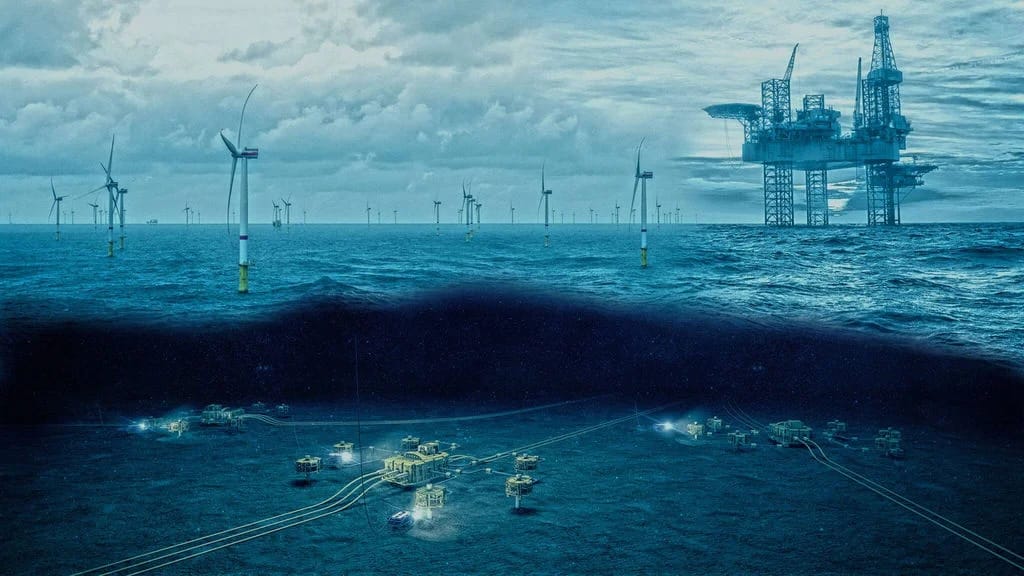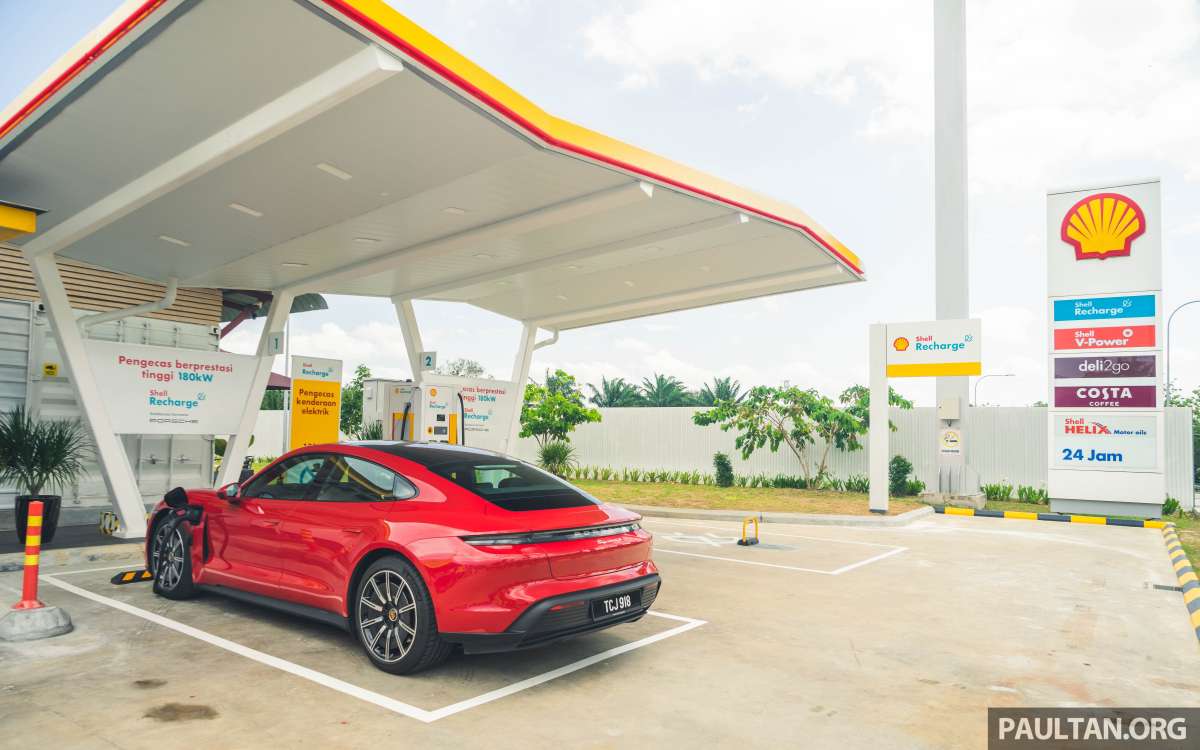The Future Of Expensive Offshore Wind Energy Projects

Table of Contents
Technological Advancements and Cost Reduction
The high capital expenditure associated with expensive offshore wind energy projects is largely driven by the complexities of design, installation, and grid integration. However, significant technological advancements offer promising pathways to cost reduction.
Innovations in Turbine Design
The relentless pursuit of larger, more efficient turbines is paramount.
- Larger Rotor Diameters: Increasing the diameter of turbine rotors captures more wind energy, leading to increased power output per turbine and reduced overall project costs. GE's Haliade-X, for instance, boasts a rotor diameter exceeding 220 meters.
- Advanced Blade Materials: Lightweight yet robust materials, such as carbon fiber composites, are improving blade performance, durability, and reducing manufacturing costs.
- Improved Generator Technology: More efficient generators minimize energy loss during conversion, contributing to higher energy yields and lower levelized cost of energy (LCOE).
Challenges: Despite these advancements, scaling up production to meet demand, managing the complex research and development (R&D) costs associated with new materials, and seamlessly integrating these larger, more powerful turbines into existing infrastructure remain significant hurdles.
Optimized Installation Methods
Installation costs represent a substantial portion of overall project expenses. Innovative methods are crucial for mitigating this.
- Floating Offshore Wind Platforms: These platforms overcome the limitations of water depth, opening up vast new areas for offshore wind farm development.
- Improved Jack-Up Vessels: Enhanced jack-up vessels and specialized installation equipment are accelerating the deployment process and reducing downtime.
- Automated Assembly Processes: Factory-assembled components and automated assembly lines streamline the construction process, reducing labor costs and improving precision.
Challenges: Environmental impact assessments for floating platforms are rigorous, logistical complexities in transporting and assembling large components are substantial, and the industry faces a growing shortage of skilled labor.
Improved Grid Integration and Energy Storage
Efficient grid integration and energy storage are vital for ensuring the reliable supply of offshore wind power.
- Smart Grid Technologies: Advanced grid management systems optimize power flow, enhance stability, and minimize transmission losses.
- Energy Storage Solutions: Batteries and other energy storage technologies address the intermittency of wind power, ensuring a consistent energy supply.
Challenges: The high cost of grid upgrades and energy storage systems remains a barrier, and technological limitations in battery storage capacity and lifespan continue to be refined.
Government Policies and Subsidies
Government intervention plays a crucial role in shaping the cost and viability of expensive offshore wind energy projects.
The Role of Government Incentives
Government subsidies, tax credits, and renewable portfolio standards (RPS) significantly reduce the financial burden on developers.
- Successful Policies: The UK's Contracts for Difference (CfD) scheme demonstrates the effectiveness of well-designed support mechanisms in driving down costs.
- Unsuccessful Policies: Conversely, inconsistent or overly complex regulatory frameworks can create uncertainty and stifle investment.
Drawbacks: Over-reliance on government support can create market distortions and hinder the long-term competitiveness of offshore wind.
Regulatory Frameworks and Permitting Processes
Streamlined permitting processes and clear regulatory frameworks are essential for reducing project timelines and overall costs.
- Efficient Processes: Denmark's efficient permitting process has helped to establish the country as a leader in offshore wind energy.
- Inefficient Processes: Conversely, lengthy and complex permitting procedures in some regions increase project development times and costs.
Challenges: Balancing environmental protection with economic development, engaging with diverse stakeholders, and ensuring transparency are all critical aspects of successful regulatory frameworks.
Competition from Alternative Energy Sources
Offshore wind faces competition from other renewable energy sources, impacting investment decisions.
The Rise of Solar and Other Renewables
Solar power, onshore wind, and other renewables are becoming increasingly competitive, particularly in terms of cost.
- Cost Comparisons: In many regions, solar PV is already cheaper than offshore wind.
- Environmental Impact: The environmental impacts of different renewable energy sources vary, impacting their relative attractiveness.
- Scalability: Onshore wind and solar PV are generally easier to scale up compared to offshore wind.
Market Dynamics: The cost of alternative energy sources, technological advancements, and policy support will heavily influence future investment decisions in offshore wind.
Conclusion: The Future is Blowing in the Wind (But at What Cost?)
The future of expensive offshore wind energy projects hinges on technological innovation, supportive government policies, and its competitiveness against alternative renewable energy sources. While significant cost reductions are projected through advancements in turbine design, installation methods, and grid integration, challenges remain. Streamlining permitting processes, reducing reliance on subsidies, and further optimizing energy storage solutions are crucial for ensuring the long-term sustainability of this vital renewable technology. Continued research, investment, and policy discussions focused on reducing the expense of offshore wind energy, creating cost-effective offshore wind power solutions, and ensuring the global competitiveness of this vital clean energy source are essential for a sustainable energy future.

Featured Posts
-
 Ajagba Vows Victory Over Bakole
May 04, 2025
Ajagba Vows Victory Over Bakole
May 04, 2025 -
 Year Long Hiatus Ends Former Ufc Champ Fights On May 3rd
May 04, 2025
Year Long Hiatus Ends Former Ufc Champ Fights On May 3rd
May 04, 2025 -
 East Coast Ev Drivers Get Up To 100 Rebate On Shell Recharge Hpc Chargers This Raya
May 04, 2025
East Coast Ev Drivers Get Up To 100 Rebate On Shell Recharge Hpc Chargers This Raya
May 04, 2025 -
 Analyzing The Edwards Berlanga Showdown A Side Demands And Benavidez Avoidance
May 04, 2025
Analyzing The Edwards Berlanga Showdown A Side Demands And Benavidez Avoidance
May 04, 2025 -
 Understanding Googles Search Ai Training Practices The Opt Out Factor
May 04, 2025
Understanding Googles Search Ai Training Practices The Opt Out Factor
May 04, 2025
